It has long been my habit, when approaching a new biography, to read the account of the subject’s childhood first, then jump to the deathbed, before settling down to the main narrative between. It was rather disconcerting, therefore, to find that Paul Binding’s life of Hans Christian Andersen eschews the deathbed and ends with the author’s last, not very cheering, written words rather than his last breath:
The brewer is dead, Auntie is dead, the student is dead, him whose sparks of ideas ended up in the rubbish bin. Everything ends up in the rubbish bin.
It is only in the chronology that we learn that Andersen’s 70th birthday was internationally acclaimed and that his funeral a few weeks later was attended by the King of Denmark and a multitude of admirers.
The reason for this omission became clearer when I realised that this is a work of literary criticism rather than a biography and is the story of Andersen’s ideas and writings, although those were obviously closely related to the events of his life. These were extraordinary enough, and Binding gives a haunting account of his miserable childhood in Odense as a sensitive little boy, whose grandfather and illiterate mother both died in the asylum, while his shoemaker father, a great reader who brought a love of books to his son, died of TB, a pauper, when Andersen was only 11 years old.
Work in a cloth mill and tobacco factory, with brief periods at a charity school must have contributed to the rapport between him and Dickens when they first met many years later, but they took very different things away from the experience. For Dickens, it opened the way into the life and vernacular of the poor. For Andersen it was a starting point from which he strove from an early life to distance himself.
He was extremely successful in this. Leaving Odense alone for Copenhagen at the tender age of 14, this precocious girlish-looking boy (a far cry from Danny Kaye belting out ‘Wonderful Wonderful Copenhagen’ in the film of his life). with no money and no letter of introduction to the head of the ballet school, somehow managed to insert himself into the life of the intellectual elite of the capital, then entering into the ‘Golden Age’ of Danish culture. Most importantly, he was adopted by the Collin family, who remained his friends and patrons for life.
Binding is extremely interesting on the place of all Andersen’s writings — novels, travel books and fairy tales — not only in Danish literature, but in that of a Europe which, in the 1840s and 1850s was going through turbulent times. Andersen was a passionate and intrepid traveller, for whom the rapidly spreading railway network opened up thrilling new worlds. Binding, as a scholar of English and Scandinavian literature, is uniquely placed to set Andersen’s work in its wider context. To the general reader, the most interesting point is probably his analysis of the fairy tales and his assessment of their origins in the various incidents of Andersen’s life. ‘The Ugly Duckling’ is an obvious example, but there are many other telling parallels to be drawn. Pen Browning, the 12-year-old son of Robert and Elizabeth Barrett, said with some perception on meeting him: ‘He is not really pretty. He is rather like his own ugly duck, but his mind has developed into a swan.’
Andersen first visited England in 1847, describing his arrival at the entrance to the Port of London with typical virtuosity:
The ships came running under full sail, pluming themselves like swans. Thousands of fishing boats, like a teeming market place, like a brood of chicks, like confetti. Steamer after steamer, like rockets in a great fireworks display.
His arrival had been eagerly awaited by Dickens, Thackeray, who professed to be ‘wild about him,’ and the ladies of high society produced by the Danish ambassador. As a lifelong admirer of Walter Scott, Andersen was particularly thrilled to visit Edinburgh and beyond, but he was shocked by the extremes of wealth and poverty which he encountered in London:
I remember those beggars, both men and women, carrying on their breasts a large stiff piece of paper on which were written the words ‘I am dying of hunger! Have pity on me!’ They dare not speak, for they are not allowed to beg.
Dickens came to see Andersen off on the Ramsgate steamer and they parted firm friends. Things did not go quite as smoothly on his next visit, ten years later. He stayed with the Dickens family, by now in a state of high tension in the final fraught days of a collapsing marriage. Andersen, impervious to the atmosphere, lingered on, outstaying his welcome. When he eventually tore himself away, a large card was placed in his bedroom. ‘Hans Christian Andersen slept in this room for five weeks — which seemed to the family AGES!’
Got something to add? Join the discussion and comment below.
Get 10 issues for just $10
Subscribe to The Spectator Australia today for the next 10 magazine issues, plus full online access, for just $10.
Available from the Spectator Bookshop, £20. Tel: 08430 600033
You might disagree with half of it, but you’ll enjoy reading all of it. Try your first month for free, then just $2 a week for the remainder of your first year.

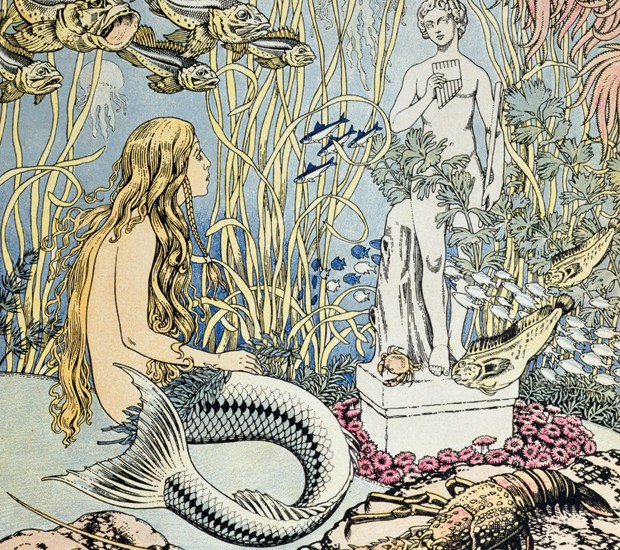
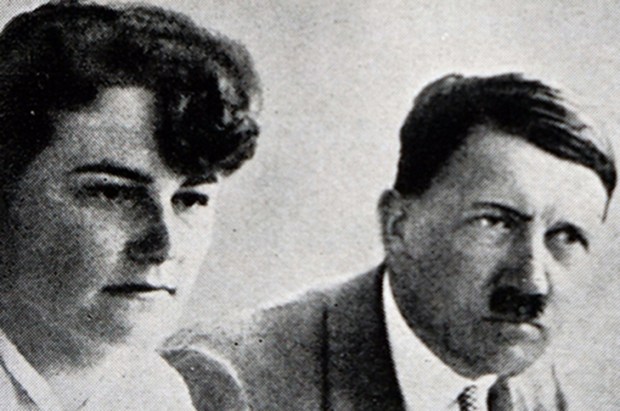
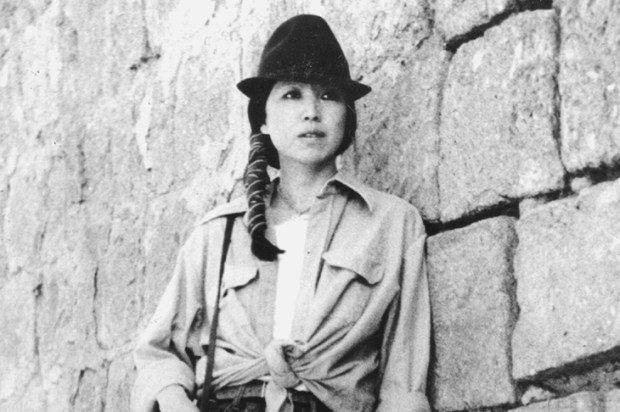
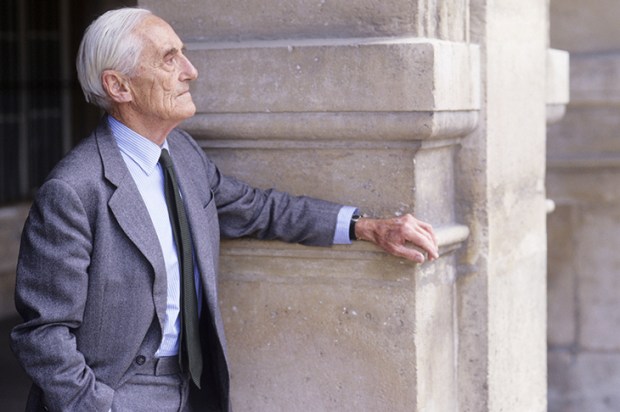
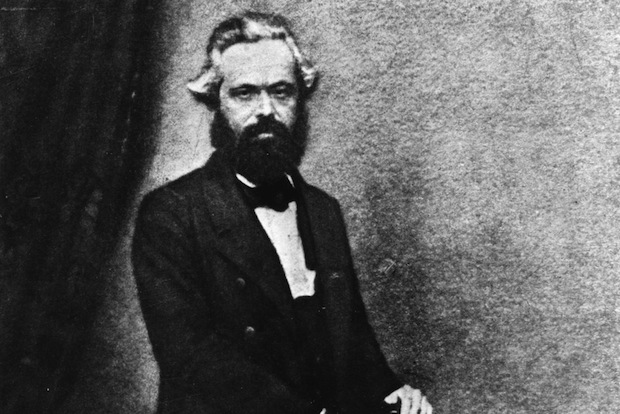
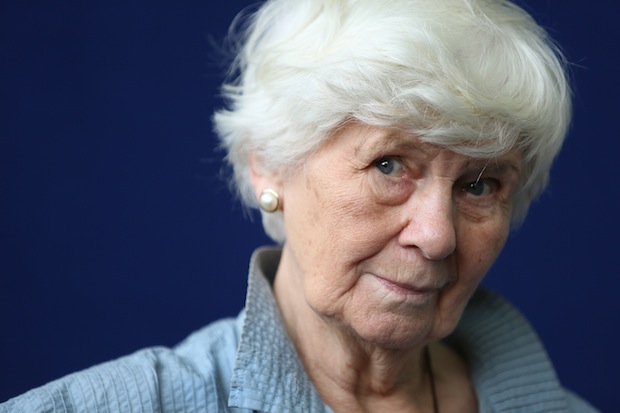
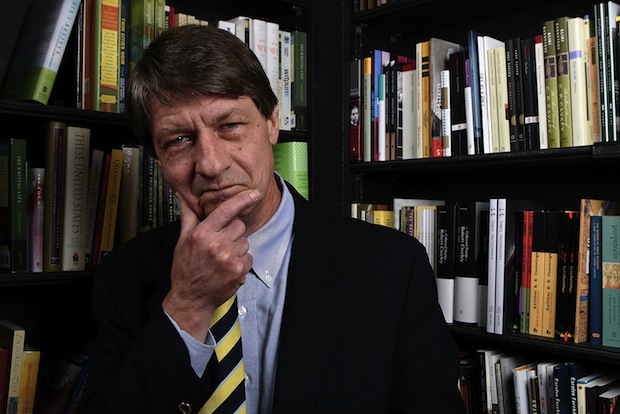






Comments
Don't miss out
Join the conversation with other Spectator Australia readers. Subscribe to leave a comment.
SUBSCRIBEAlready a subscriber? Log in